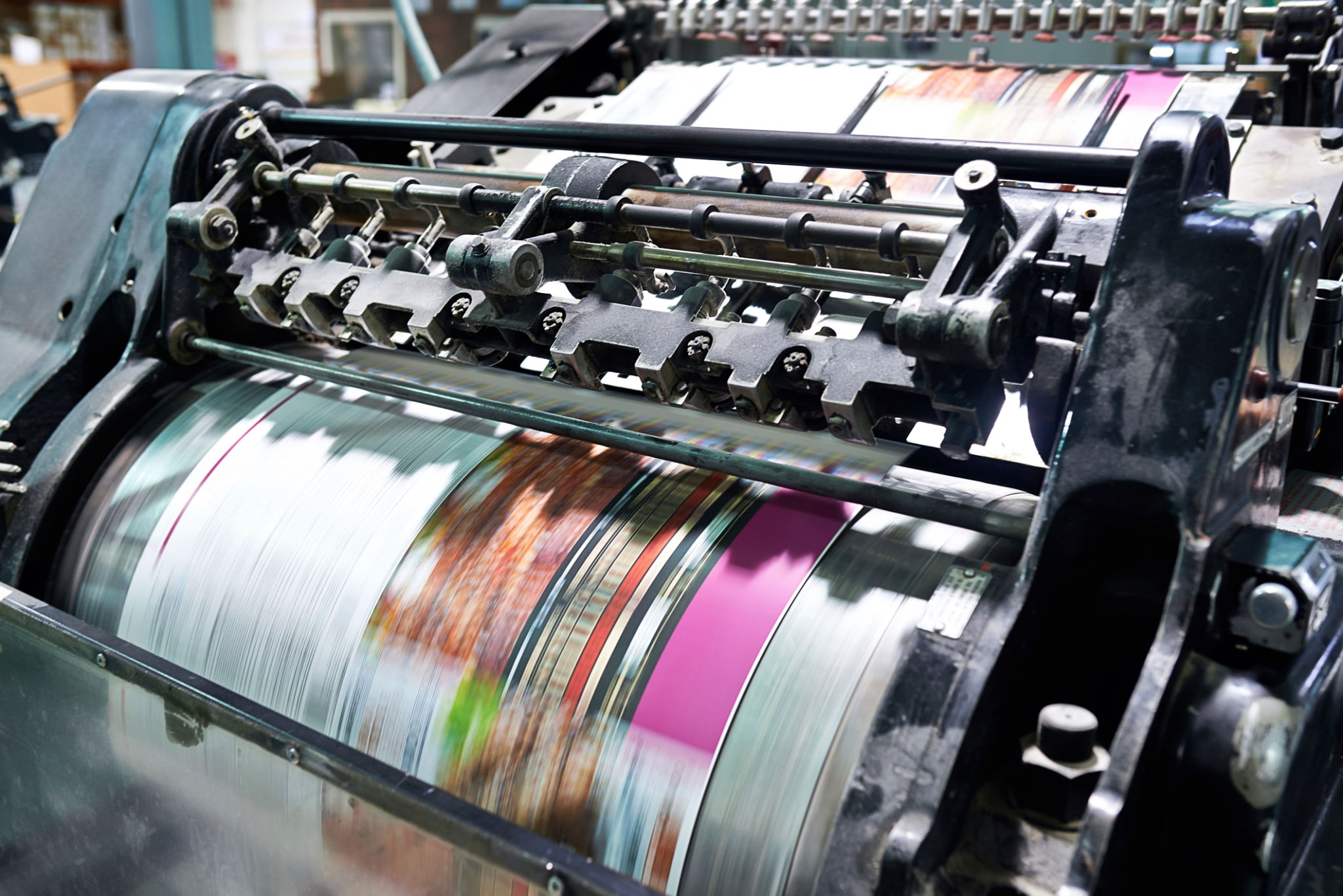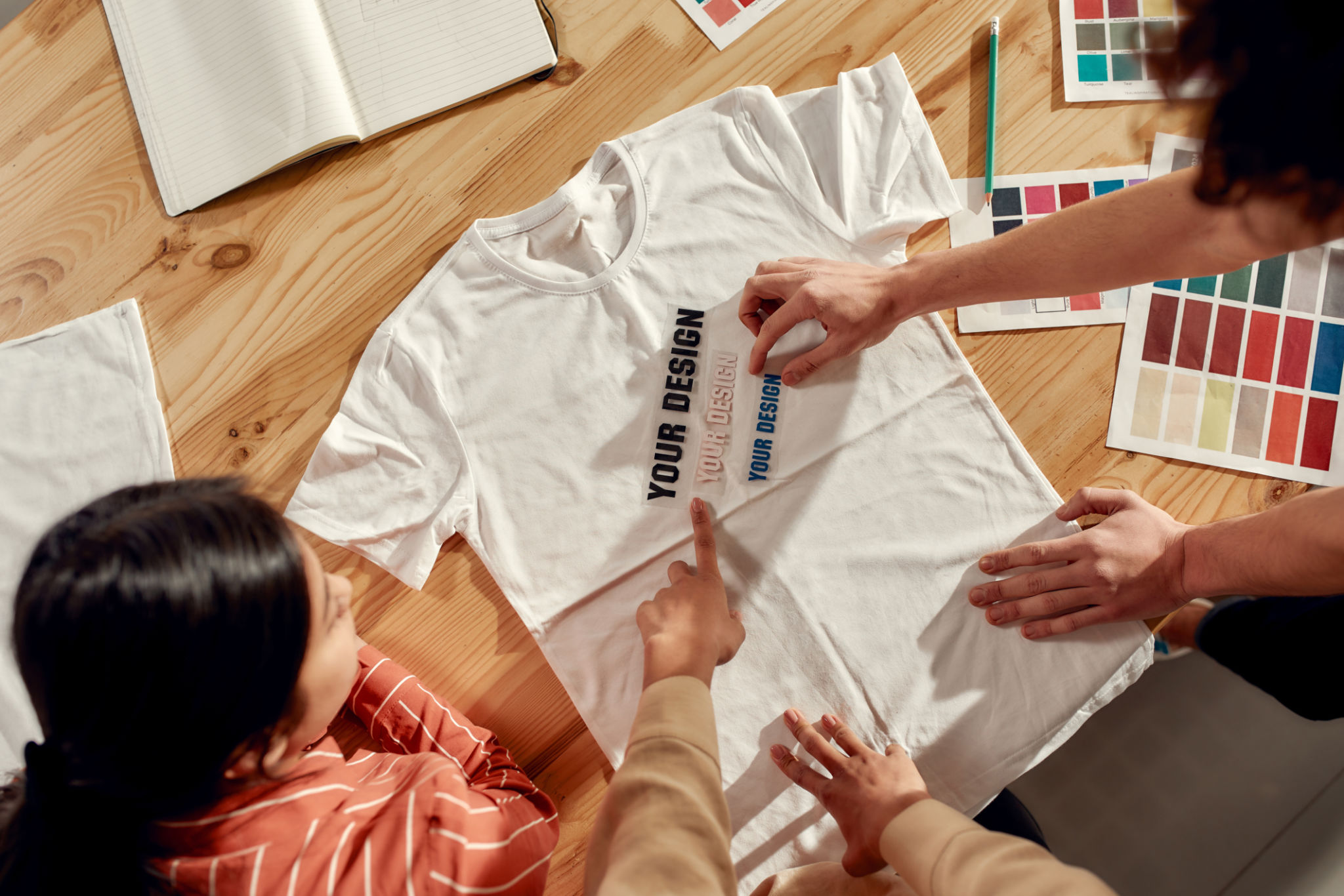Comparing DTF and Sublimation: Which is Best for Your Custom Apparel?
Introduction to Custom Apparel Printing
In the world of custom apparel printing, choosing the right method can be crucial in determining the quality and durability of your designs. Two popular methods are Direct to Film (DTF) and sublimation printing. While both have their unique advantages, understanding their differences can help you make an informed decision for your custom apparel needs.

Understanding DTF Printing
Direct to Film (DTF) printing is a relatively new technology in the custom apparel industry. This method involves printing your design onto a special film and then transferring it onto the fabric using heat. One of the main benefits of DTF is its versatility. It can be used on a wide range of materials, including cotton, polyester, and blends, which makes it an excellent choice for various garments.
DTF printing is known for producing vibrant colors and excellent detail, making it ideal for intricate designs. Additionally, the prints are durable and can withstand multiple washes without fading or cracking. However, the initial setup cost can be higher due to the need for specialized equipment and materials.

Exploring Sublimation Printing
Sublimation printing is a well-established method that involves transferring dye onto fabric using heat. This technique is particularly effective on polyester fabrics, as the dye bonds directly with the fibers, resulting in a smooth and durable finish. One of the standout features of sublimation is its ability to produce high-quality, full-color prints that are resistant to fading.
However, sublimation has its limitations. It works best on light-colored fabrics and is not suitable for natural fibers like cotton. This means your fabric choices might be restricted if you choose sublimation for your custom apparel.

Comparing DTF and Sublimation
When comparing DTF and sublimation, it's important to consider several factors:
- Material Compatibility: DTF can be used on a wider range of materials, while sublimation is limited mainly to polyester.
- Color Vibrancy: Both methods offer vibrant colors, but sublimation excels in achieving seamless full-color designs.
- Durability: Both DTF and sublimation provide durable prints, but sublimation prints are particularly resistant to fading over time.
- Cost: The initial cost for DTF can be higher due to equipment needs, while sublimation requires less specialized equipment.
Which Method is Right for You?
The choice between DTF and sublimation ultimately depends on your specific needs and preferences. If you require versatility in fabric options and intricate designs, DTF might be the better choice. On the other hand, if you prioritize vibrant full-color prints on polyester garments, sublimation could be ideal.
Consider your target audience, budget, and the types of garments you plan to produce when making your decision. Both methods have their pros and cons, so weigh them carefully to ensure you choose the best fit for your custom apparel business.

Conclusion
In conclusion, both DTF and sublimation have their unique strengths and are suited to different types of projects. By understanding their differences and capabilities, you can select the method that aligns with your goals and ensures high-quality results for your custom apparel endeavors. Whether you opt for the versatility of DTF or the vibrant prints of sublimation, investing in quality printing will set you apart in the competitive world of custom apparel.